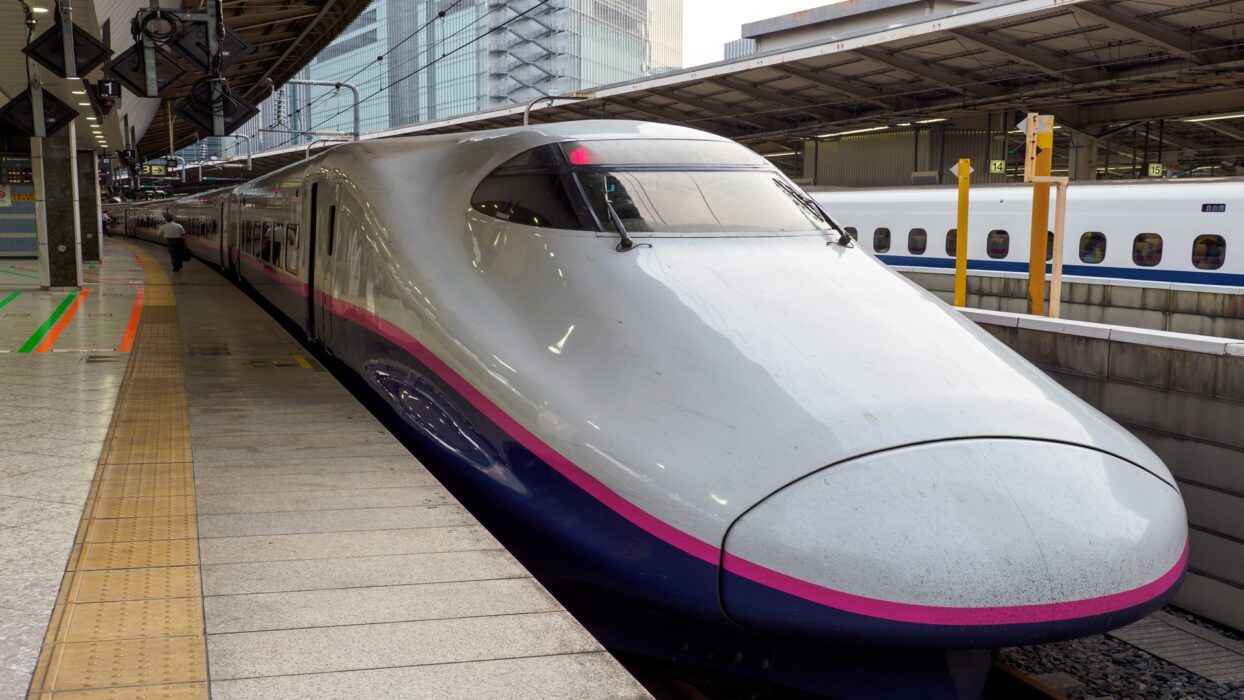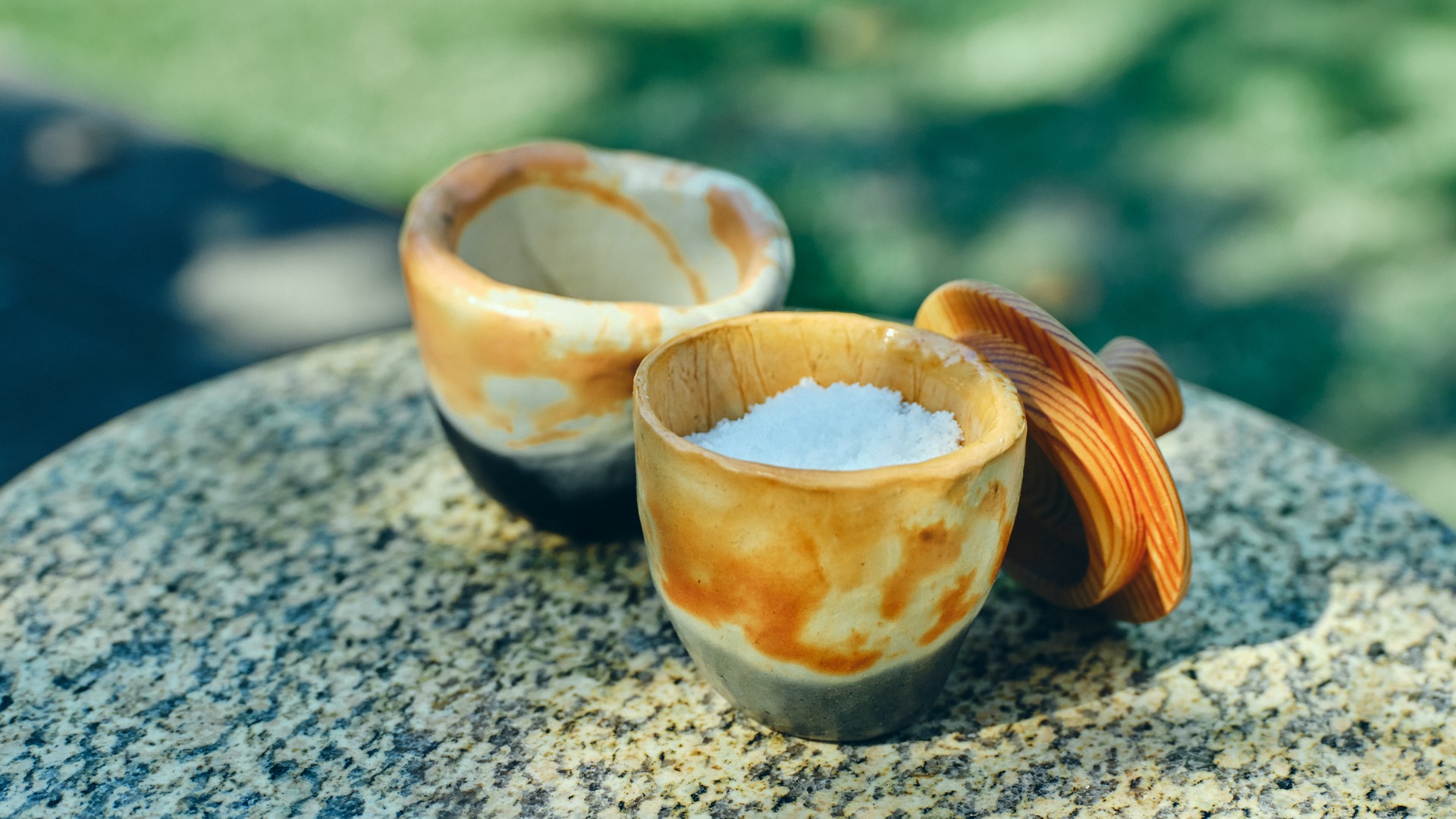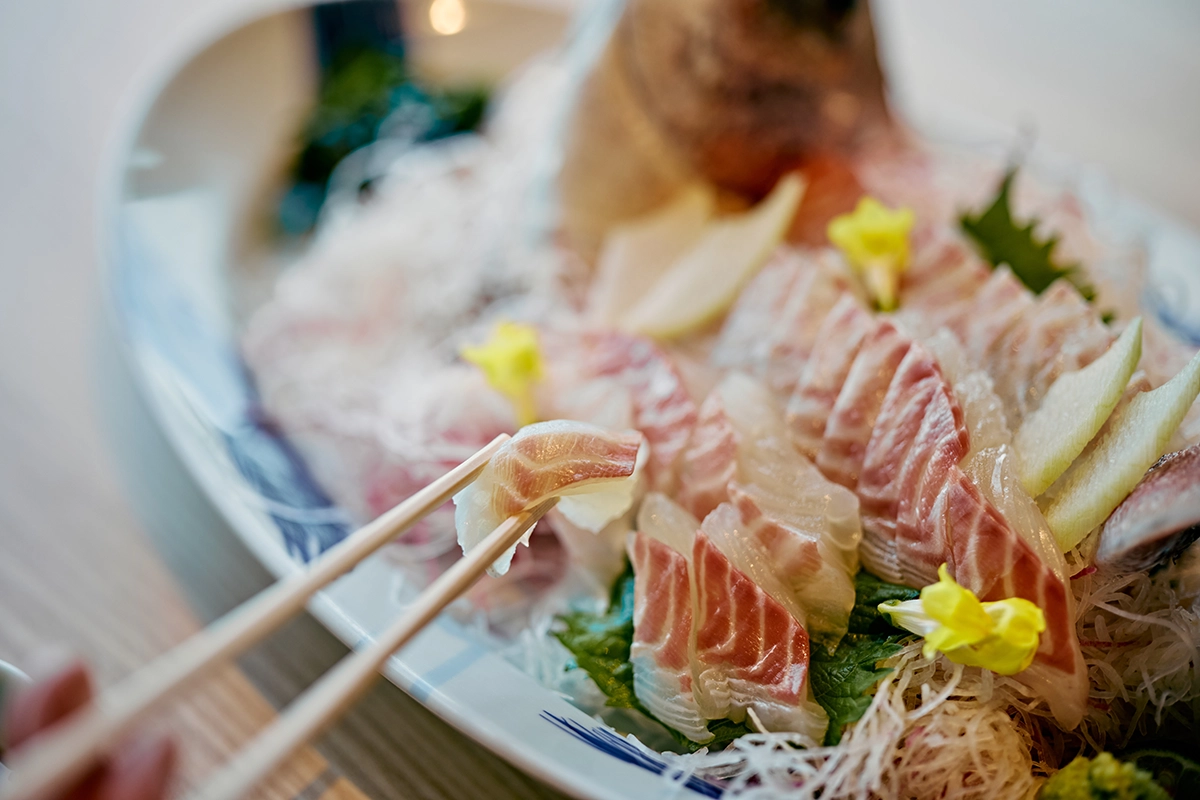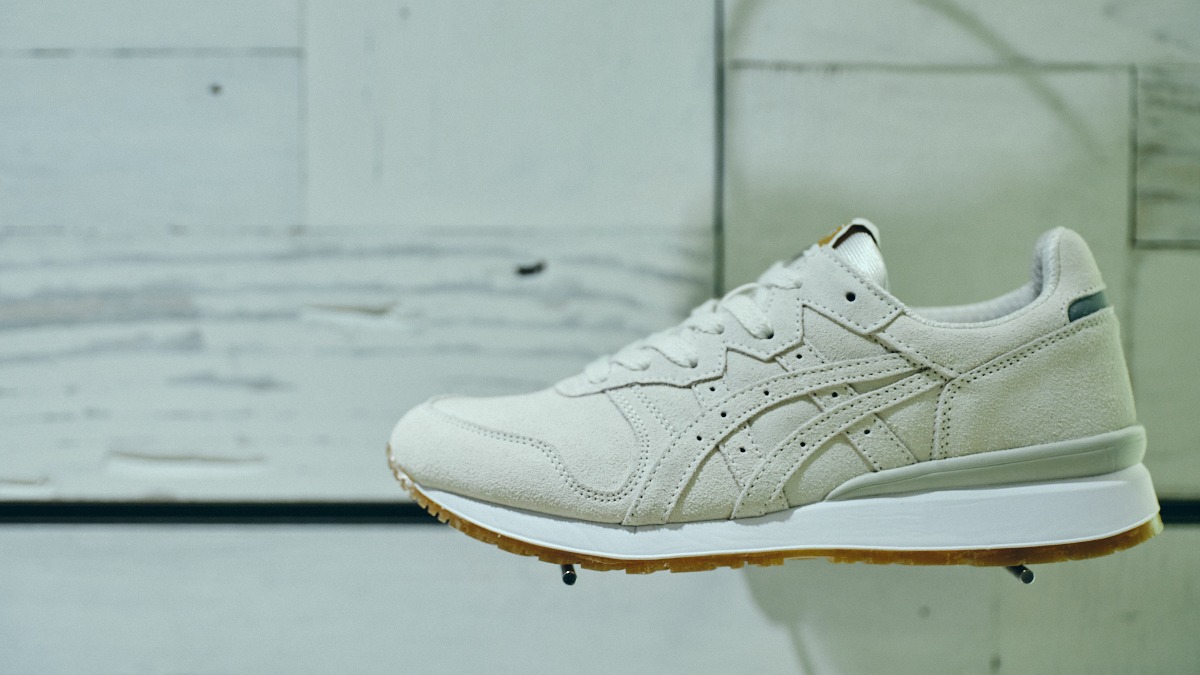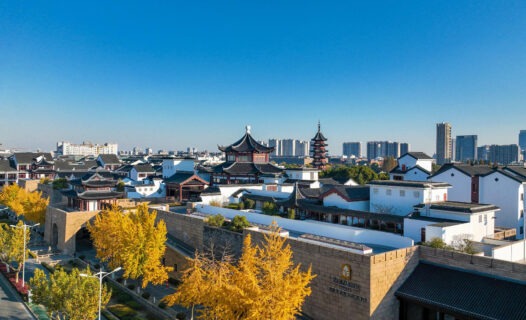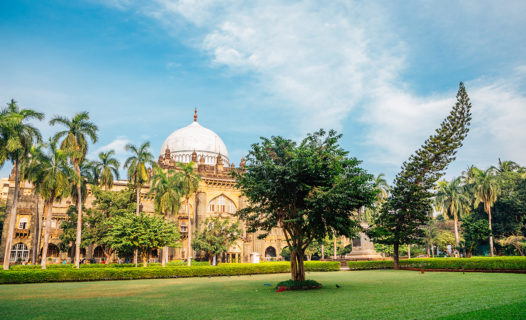Introduction
In the heart of Tokyo, the story of Hachiko resonates deeply with both locals and visitors alike. This loyal Akita dog is celebrated for his unwavering devotion to his owner, Professor Ueno, waiting at Shibuya Station every day for years, even after Ueno’s passing. Hachiko’s tale is not just a heartwarming story; it symbolizes loyalty and love, capturing the essence of Japanese culture and the bond between humans and their pets.
Shibuya, the vibrant district where Hachiko’s statue stands, is a treasure trove of attractions, shopping, and dining experiences. Whether you’re a first-time visitor or returning to explore more, Shibuya offers a bustling atmosphere that makes it a perfect day trip destination. Get ready to discover the iconic Hachiko statue, wander through the lively streets, and indulge in delicious local cuisine!
Discovering Hachiko: The Heartwarming Tale of Loyalty
Hachiko’s life began in 1923 when he was adopted by Professor Hidesaburo Ueno, a faculty member at the University of Tokyo. Their bond grew stronger with each passing day, and Hachiko would accompany Ueno to Shibuya Station every morning, waiting patiently for his return each evening. Tragically, in 1925, Ueno passed away unexpectedly, but Hachiko continued to wait at the station for nearly ten years, hoping for his beloved owner to return. This incredible display of loyalty captured the hearts of many and turned Hachiko into a national symbol of devotion.
The emotional impact of Hachiko’s story on Japanese society is profound. His loyalty resonates with dog lovers and has inspired countless stories of canine devotion. The statue of Hachiko, erected in 1934, serves as a tribute to his unwavering faithfulness and has become a popular meeting point for friends and tourists alike. Fun fact: Hachiko’s story has been adapted into films, books, and even anime, showcasing his legacy in contemporary culture.
But did you know that Hachiko wasn’t just any dog? His breed, the Akita, is known for its loyalty and courage, traits that Hachiko exemplified throughout his life. The bond between Hachiko and Professor Ueno is a testament to the love that can exist between humans and their pets, making it a story that transcends time. As you explore Shibuya, take a moment to reflect on this heartwarming tale and the lessons it teaches us about loyalty and love.
Visiting the Hachiko Statue: A Must-See Shibuya Landmark
Located just outside the iconic Shibuya Station, the Hachiko statue is hard to miss! This beloved landmark is a popular gathering spot, where locals and tourists alike come to capture memories and snap photos. The statue itself is beautifully crafted, depicting Hachiko in a pose that radiates loyalty and warmth.
For the best photo opportunities, visit the statue early in the morning or later in the evening to avoid the bustling crowds. Try different angles to capture the essence of Hachiko against the backdrop of the busy station. You might even catch a glimpse of the famous Shibuya Crossing in the background, adding a dynamic element to your photos. Don’t forget to strike a pose with Hachiko – after all, it’s a rite of passage for every visitor!
Many visitors share their experiences at the Hachiko statue, often describing it as a highlight of their trip to Tokyo. Whether you’re a dog lover or simply curious about the story, the statue serves as a reminder of the enduring connection between humans and their furry companions. So grab your camera and make sure to visit this iconic site during your Shibuya adventure!
Shibuya Crossing: The Pulse of Tokyo
Just a stone’s throw away from the Hachiko statue lies the famous Shibuya Crossing, often dubbed the busiest pedestrian crossing in the world. This bustling intersection is a cultural landmark, where hundreds of people cross from all directions at once, creating a mesmerizing spectacle. The excitement of standing at the crossing, surrounded by the neon lights and the vibrant energy of Shibuya, is an experience you won’t want to miss!
For the best views of this iconic crossing, head to the second floor of the nearby Starbucks or the Shibuya Scramble Square observation deck. Both spots offer stunning panoramas, perfect for capturing the chaos and beauty of the crossing. As you watch the waves of people ebb and flow, take a moment to appreciate how this intersection has become a symbol of Tokyo’s fast-paced lifestyle.
Don’t forget to compare the Shibuya Crossing experience to other famous intersections around the globe, like Times Square in New York or Piccadilly Circus in London. Each has its own unique charm, but Shibuya’s energy is truly one-of-a-kind, making it a must-visit attraction during your trip.
A Day in Shibuya: Itinerary for Hachiko Enthusiasts
Ready to make the most of your day in Shibuya? Here’s a suggested itinerary that highlights Hachiko and the surrounding attractions!
Morning: Start your day with a visit to the Hachiko statue. Snap some photos and soak in the atmosphere. Afterward, head to a nearby café for a traditional Japanese breakfast, complete with rice, miso soup, and grilled fish.
Afternoon: After breakfast, take a stroll through Hachiko Park, located just a short walk from the statue. This serene park is a great spot to relax and reflect on Hachiko’s story. Next, make your way to Shibuya 109, a trendy shopping destination filled with the latest fashion. Don’t forget to pick up a souvenir to remember your visit!
Evening: As the sun sets, explore the vibrant streets of Shibuya, filled with restaurants and entertainment options. Treat yourself to a delicious dinner at one of the local izakayas, where you can enjoy a variety of Japanese dishes. End your day with a visit to a karaoke bar for a fun night out with friends!
With so much to see and do, Shibuya is a perfect destination for Hachiko enthusiasts and anyone looking to immerse themselves in Tokyo’s culture. Get ready for an unforgettable adventure!
Culinary Delights: Eating Around Hachiko and Shibuya
After soaking in the heartwarming story of Hachiko and snapping some memorable photos, your next adventure awaits—food! Shibuya is a culinary paradise, offering a delightful mix of traditional Japanese cuisine and trendy eateries that will tantalize your taste buds.
Start your gastronomic journey at Uobei Shibuya Dogenzaka, a unique conveyor belt sushi restaurant where you can enjoy fresh sushi delivered right to your table via a speedy conveyor system. It’s not just a meal; it’s an experience! The fun of ordering and watching your sushi zoom towards you is a must-try.
If you’re in the mood for something more traditional, head to Ichiran Ramen, famous for its delicious tonkotsu ramen. Here, you can customize your bowl to perfection, choosing everything from the level of spiciness to the firmness of the noodles. The unique dining setup allows for a personal experience that lets you focus on savoring every bite.
For those with a sweet tooth, don’t miss Shibuya Parco, home to the popular Flipper’s, known for its fluffy soufflé pancakes. These light and airy pancakes are a treat you won’t want to miss! Pair them with seasonal fruits and a drizzle of maple syrup for the ultimate indulgence.
As you wander through Shibuya, keep an eye out for themed cafés like the Shiba Inu Café, where you can cuddle with adorable Shiba Inu dogs while sipping on your favorite beverage. It’s a fantastic way to connect with furry friends and enjoy a cozy atmosphere that dog lovers will adore.
Cultural Impact: Hachiko’s Legacy in Pop Culture
Hachiko’s story has transcended generations, inspiring countless adaptations in film, literature, and art. The most famous is the 2009 film "Hachi: A Dog’s Tale," starring Richard Gere, which beautifully captures the bond between Hachiko and Professor Ueno. This heartwarming movie has introduced Hachiko’s story to audiences worldwide, showcasing the power of loyalty and love.
In addition to films, Hachiko appears in various anime series and manga, further embedding his legacy into Japanese pop culture. His tale resonates with dog lovers and serves as a reminder of the deep connections we share with our pets. The statue itself has become a symbol of devotion, inspiring art pieces, merchandise, and even local festivals celebrating Hachiko’s memory.
As you explore Shibuya, keep an eye out for Hachiko-themed merchandise, from plush toys to art prints. These items make for perfect souvenirs, allowing you to take a piece of this touching story home with you. Plus, sharing Hachiko’s story with friends and family is a wonderful way to spread the message of loyalty and love.
Festivals and Events: Celebrating Hachiko’s Memory
Every year, Shibuya holds events to celebrate Hachiko and honor his legacy. One of the most notable is the Hachiko Memorial Day, observed on April 8th. This day brings together dog lovers and locals to pay tribute to Hachiko and remember the bond he shared with Professor Ueno.
During this event, visitors can participate in various activities, including dog parades, storytelling sessions, and even art exhibitions inspired by Hachiko’s tale. It’s a heartwarming occasion that fosters community spirit and celebrates the love between humans and their furry companions.
If you’re visiting during this time, be sure to check out the festivities at Hachiko Park, where you can meet fellow dog lovers and share your own stories of loyalty. It’s a beautiful way to connect with others while honoring Hachiko’s incredible legacy.
Practical Information for Travelers: Tips for Visiting Hachiko
Planning a visit to the Hachiko statue? Here are some handy tips to ensure you make the most of your experience:
- Getting There: Shibuya Station is one of the busiest train stations in Tokyo, making it easily accessible via multiple train lines, including the JR Yamanote Line. Just follow the signs to the Hachiko exit, and you’ll be greeted by the statue in no time!
- Best Time to Visit: To enjoy a quieter experience, visit early in the morning or later in the evening. The statue is beautifully illuminated at night, providing a stunning backdrop for photos.
- Accessibility: The area around the Hachiko statue is wheelchair accessible, making it easy for everyone to visit and enjoy this iconic landmark.
- Safety Tips: Shibuya can get crowded, especially during peak hours. Keep an eye on your belongings and be mindful of your surroundings while exploring.
With these tips in mind, you’re all set for an unforgettable visit to Hachiko and the vibrant district of Shibuya!
Sustainability and Conservation: Honoring Hachiko’s Legacy
As you enjoy your time in Shibuya, consider supporting local businesses and initiatives that promote responsible tourism. Many shops and restaurants near the Hachiko statue are dedicated to sustainability and animal welfare, contributing to the community and honoring Hachiko’s legacy.
For instance, some cafés donate a portion of their profits to animal shelters, helping to care for abandoned and stray animals. By choosing to support these establishments, you can enjoy delicious food and drinks while making a positive impact on the lives of animals in need.
Additionally, consider participating in local clean-up events or volunteering at animal shelters during your stay. It’s a wonderful way to give back to the community and honor Hachiko’s spirit of loyalty and love for dogs.
Seasonal Insights: Best Times to Visit Hachiko and Shibuya
Shibuya offers unique experiences throughout the year, making it an exciting destination no matter when you visit. Here’s a quick seasonal guide to help you plan your trip:
- Spring: Experience the beauty of cherry blossoms in full bloom at nearby parks, such as Yoyogi Park. The sight of sakura petals falling around the Hachiko statue is truly magical!
- Summer: Enjoy summer festivals and fireworks displays in Shibuya, bringing vibrant energy to the streets. Don’t miss the chance to sample seasonal street food!
- Autumn: The fall foliage creates a stunning backdrop for your visit. Take a leisurely stroll through Hachiko Park and enjoy the colorful leaves.
- Winter: Experience the festive atmosphere as Shibuya lights up with holiday decorations. The Hachiko statue is beautifully illuminated, making it a perfect spot for evening photos.
Whichever season you choose to visit, Shibuya promises a delightful experience that captures the essence of Hachiko’s story and the vibrant culture of Tokyo!
Commonly Asked Questions (FAQs) About Hachiko and Shibuya
As you prepare for your visit, here are some frequently asked questions to enhance your knowledge:
- Where can I find the Hachiko statue? The statue is located just outside the Hachiko exit of Shibuya Station, making it easy to spot.
- Is there an entry fee to visit the statue? No, visiting the Hachiko statue is completely free! Feel free to take as many photos as you like.
- Are there any dog-friendly places nearby? Yes! Shibuya has several dog-friendly cafés and parks where you can enjoy quality time with your furry friends.
- What is the best time to visit Shibuya Crossing? Early mornings or late evenings are ideal for experiencing the crossing with fewer crowds, while still enjoying the vibrant atmosphere.
These FAQs should help you feel more prepared for your adventure in Shibuya!
Fun Facts About Hachiko and Shibuya
Ready to impress your friends with some quirky trivia? Here are some fun facts about Hachiko and the Shibuya area:
- Hachiko’s statue was the first to be erected in Japan to honor an animal!
- The original statue was melted down during World War II, but a new statue was commissioned and unveiled in 1948.
- Hachiko has his own special day in Japan, known as Hachiko Day, celebrated on April 8th.
- In addition to the iconic statue, there are several other dog statues around Japan that pay tribute to loyal canines, each with its own unique story.
These tidbits not only celebrate Hachiko’s legacy but also highlight the cultural significance of dogs in Japanese society.
As you explore Shibuya, take a moment to reflect on the remarkable bond between humans and their pets. Hachiko’s story is a beautiful reminder of loyalty, love, and the connections that enrich our lives.

